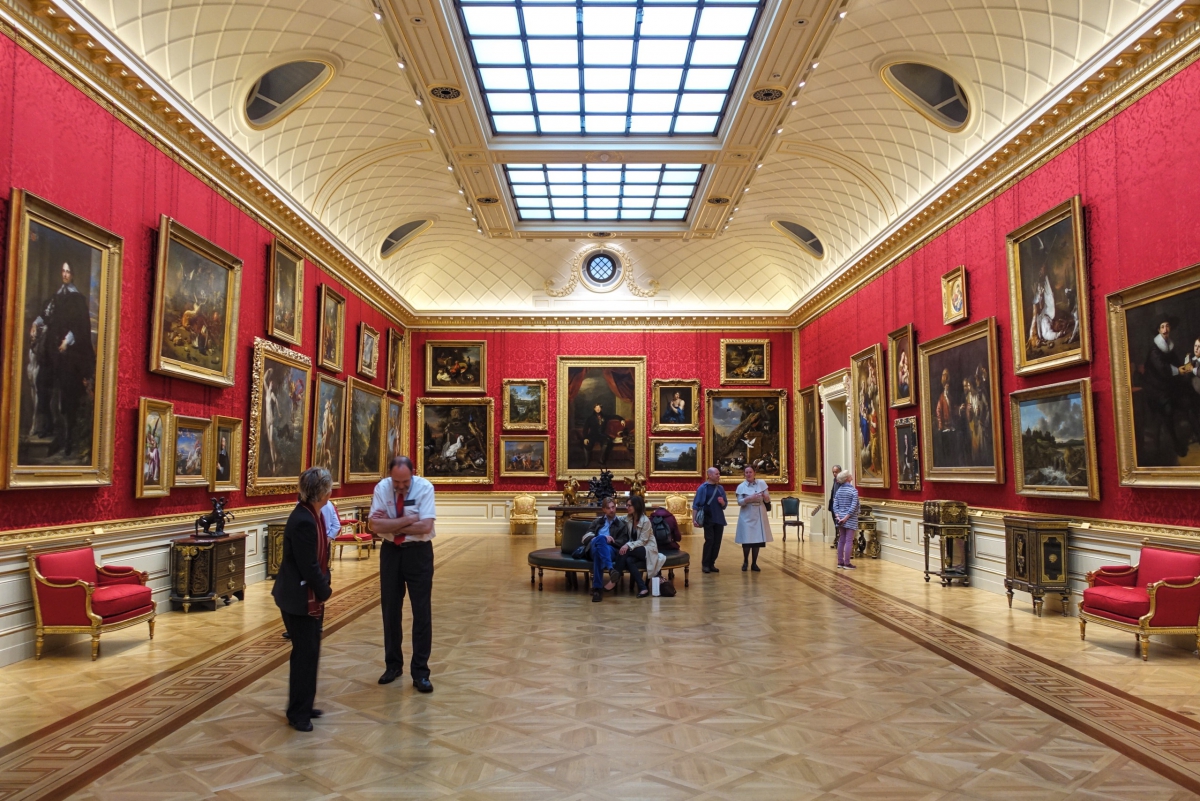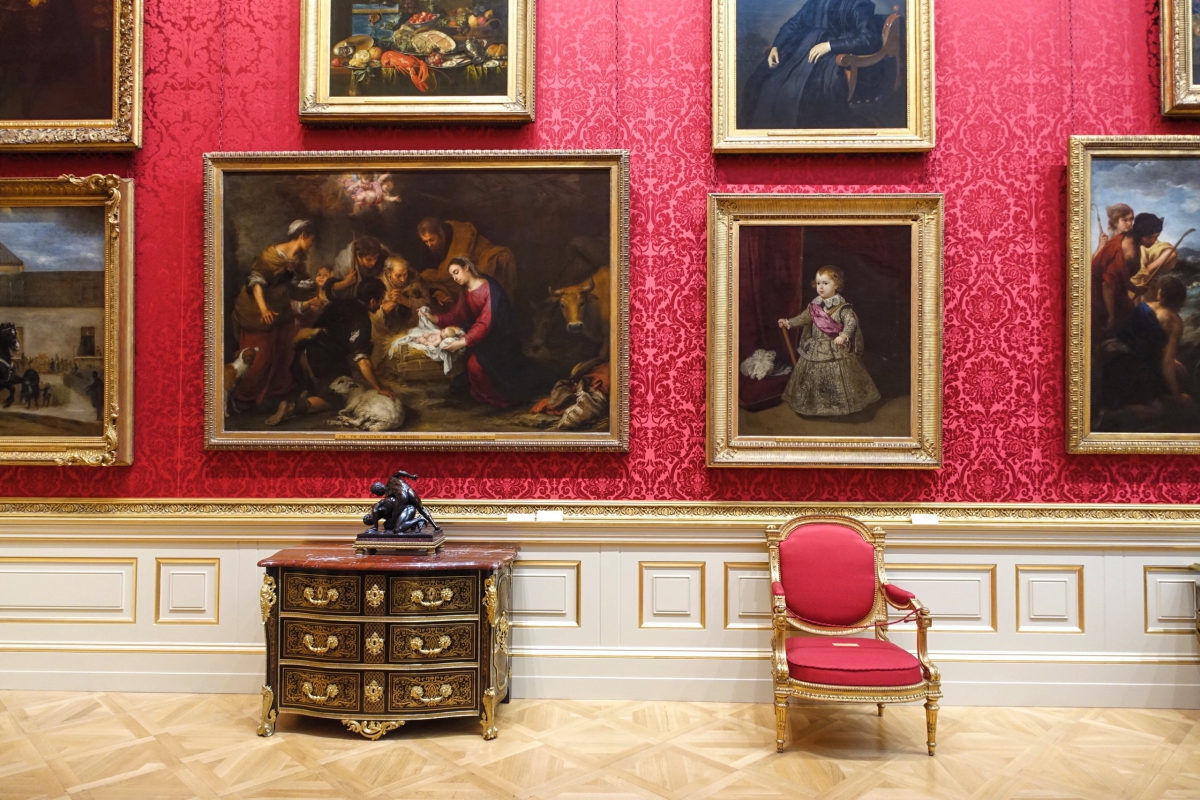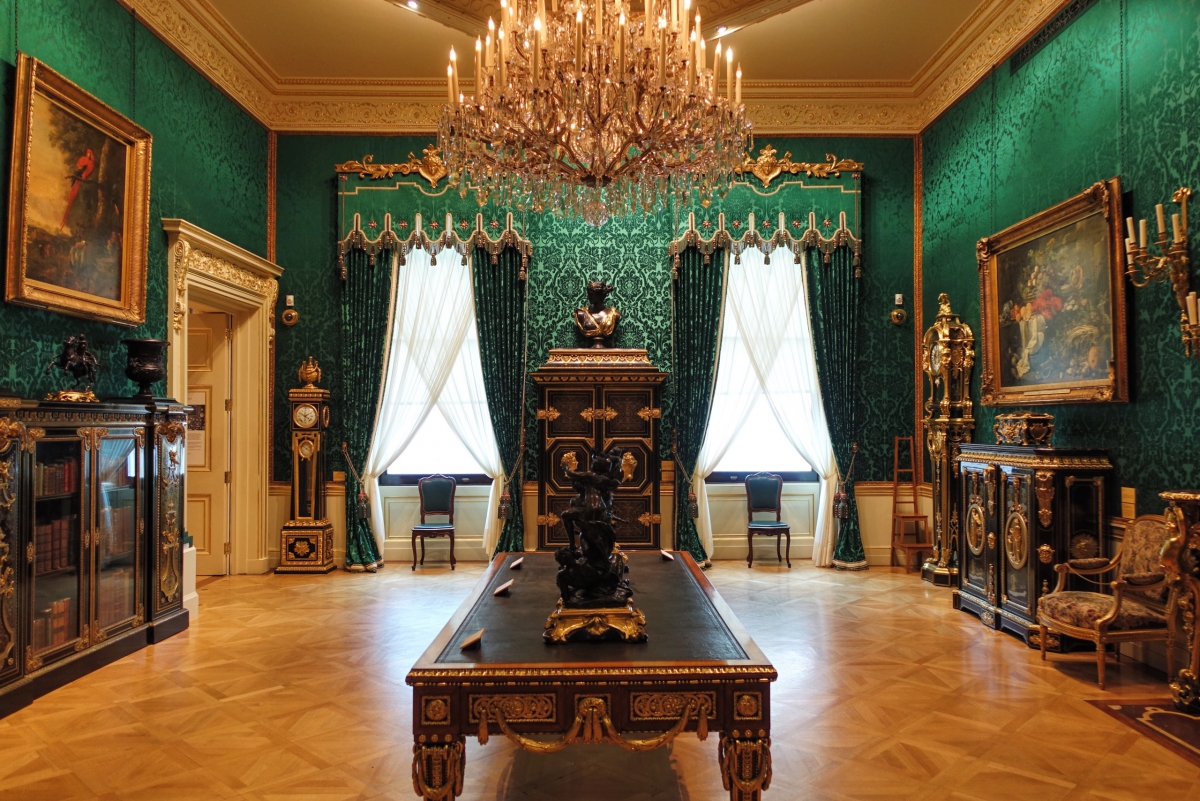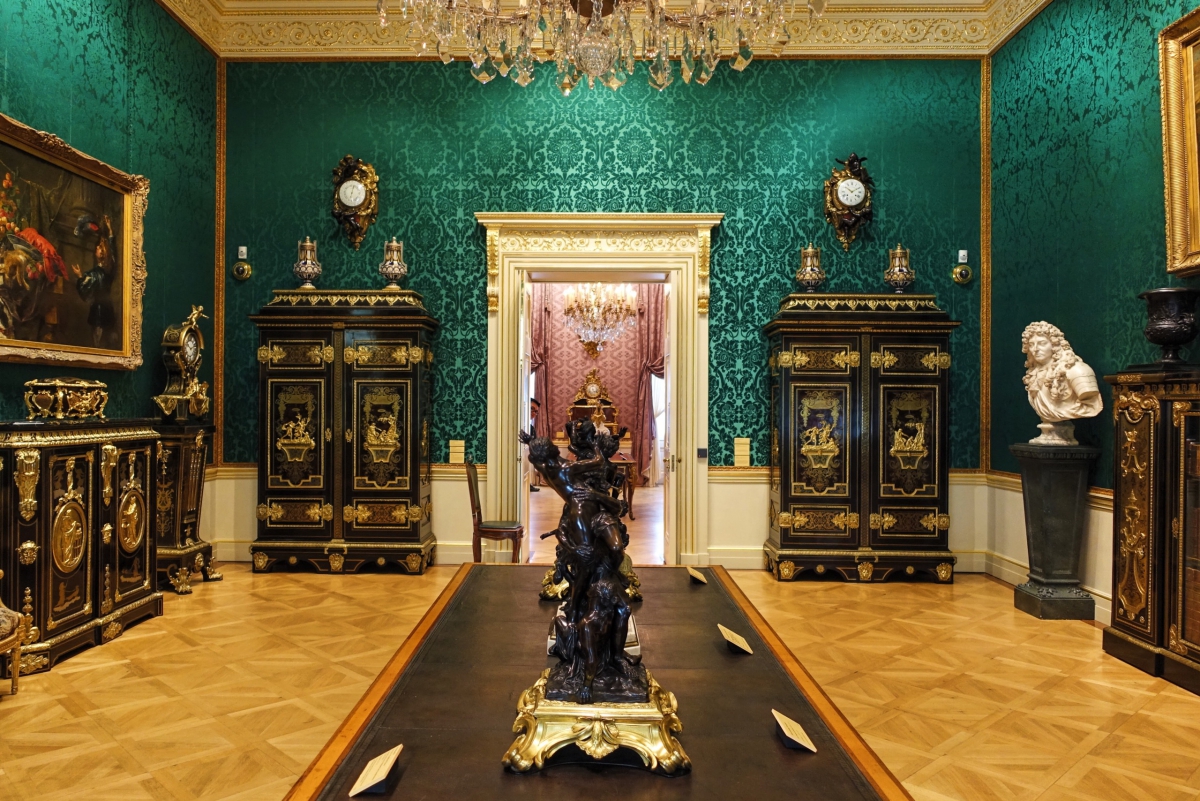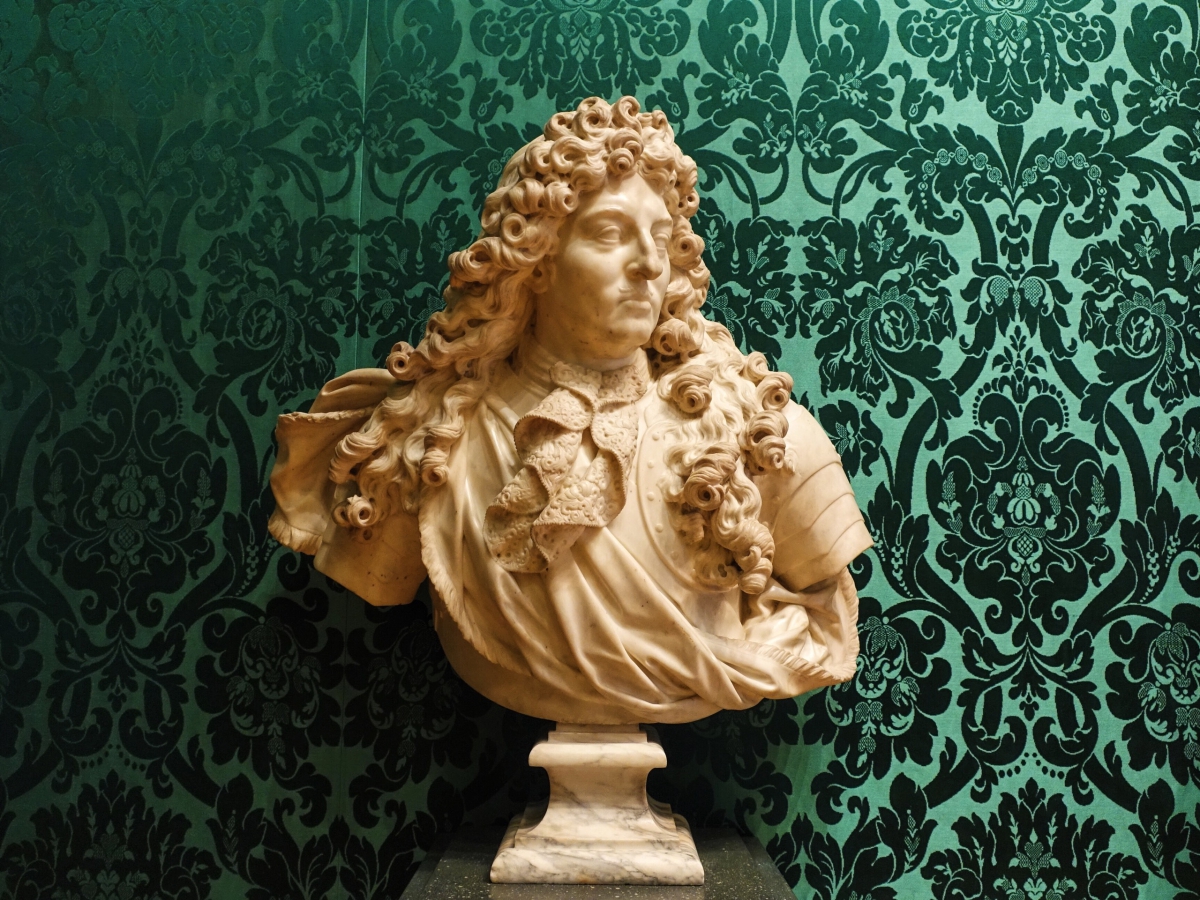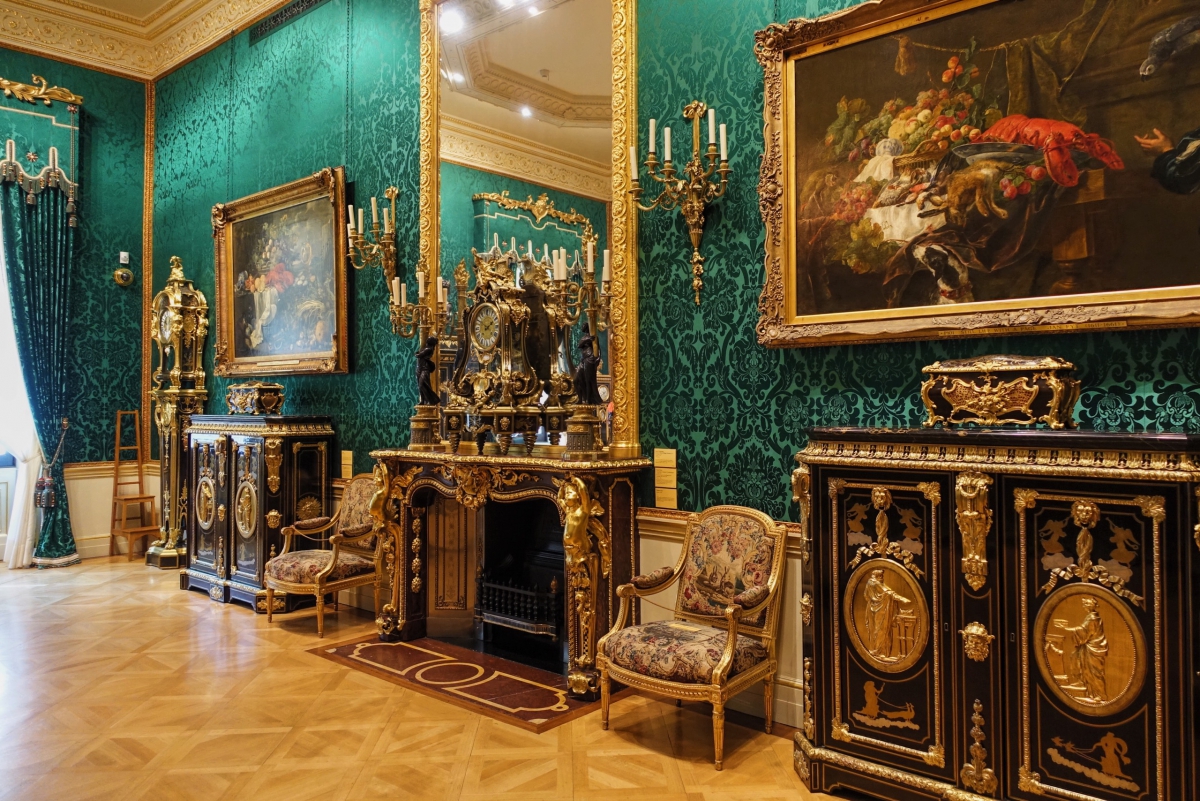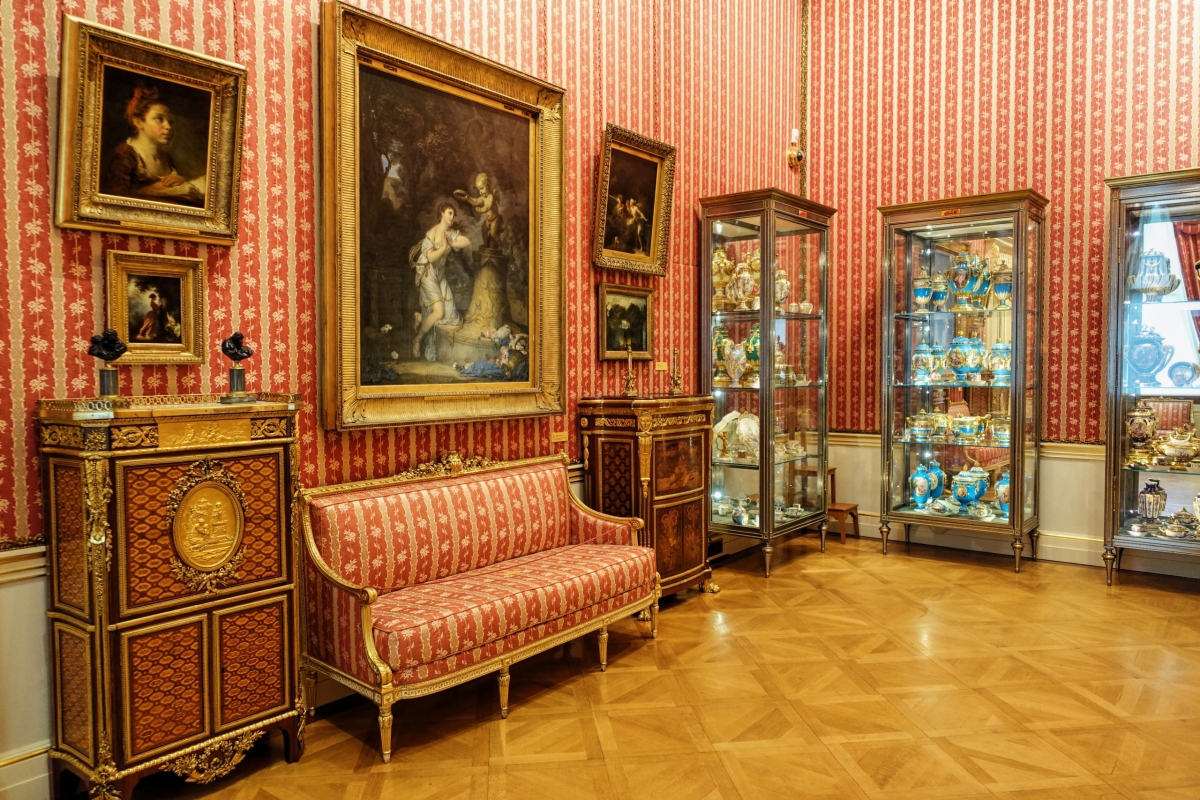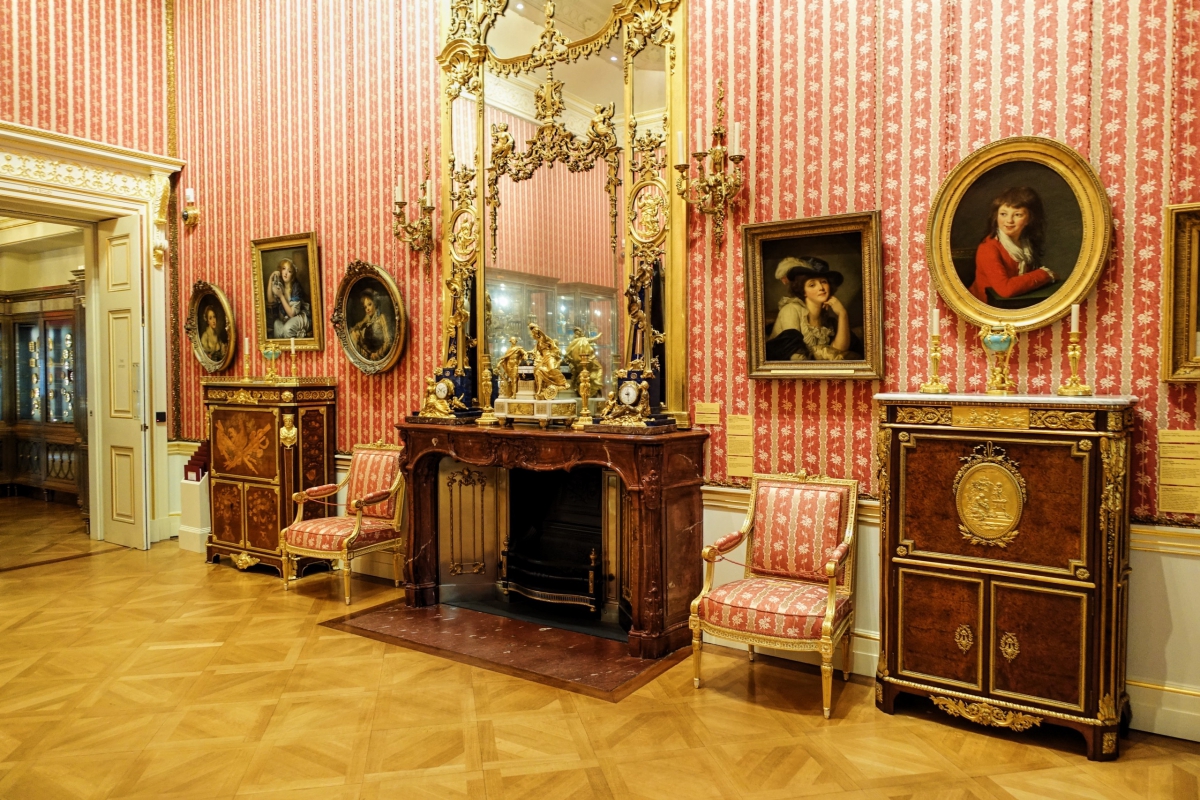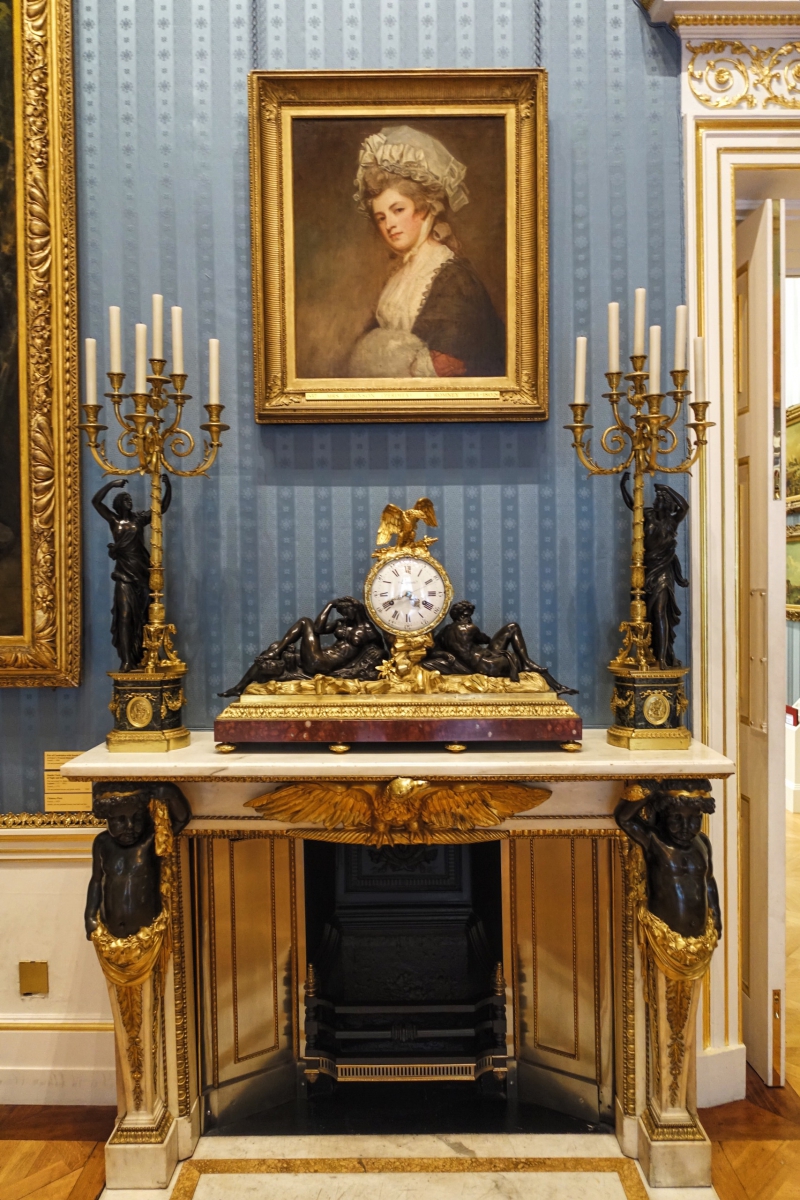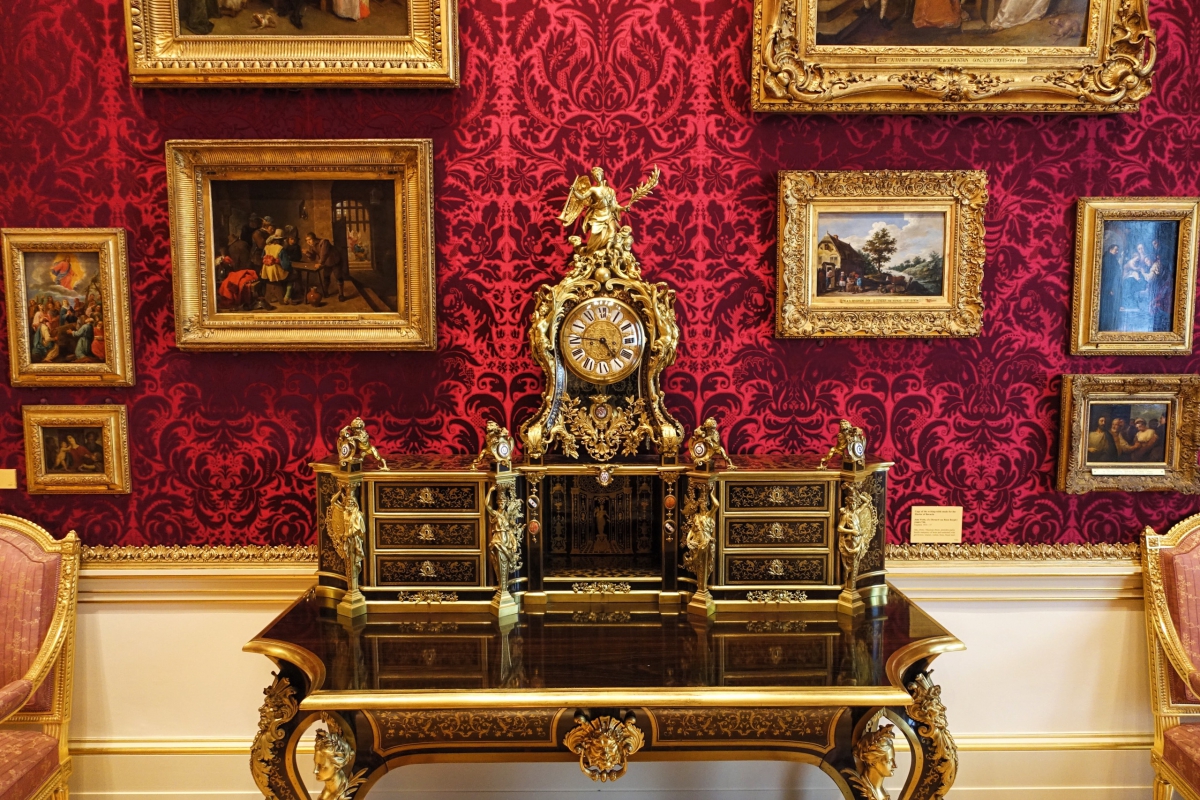London offers many excellent museums. Here are three that I visited and enjoyed.
Churchill War Rooms
This museum has two parts: The Cabinet War Rooms and the Churchill Museum.
Cabinet War Rooms
This is a complex of underground offices in Whitehall. It served as the center of Britain’s war effort in World War II. Government ministers, military strategists, and Prime Minister Winston Churchill occupied this space during the war.
In this suite of bunker-like spaces, you can see how the war played out for the British government and imagine how they planned and plotted their way to victory. You can see where Churchill slept and ate. You can peek into a tiny telephone room made for Churchill to talk directly to Roosevelt.

I especially liked the Map Room. It was preserved exactly as it was when they switched off the lights in 1945.
Churchill Museum
The Churchill Museum tells the story of Winston Churchill’s life throughout his childhood, military career, being a Prime Minister, and beyond. You can listen to clips from his wartime speeches, read some of his letters to his wife, and see artifacts related to him such as paintings and cigars.
What I remember most here was the timeline of his life—an interactive screen on a long table, chronicling Churchill’s life among major world events.

The Churchill Museum was just all right. It doesn’t cover World War II in general, but if you’re a big fan of Churchill, you’ll enjoy it.
Museum of London
The Museum of London takes you through the history of London from 450,000 BC to the present day. You can learn about prehistoric London, London under the Romans and Saxons, medieval London, and Tudor London. You can learn how London went through civil wars, plague, and the Great Fire. The story is told through interactive displays and plenty of artifacts, such as Queen Victoria’s crinoline gowns and Selfridges’s art deco elevators.
There’s also the Victorian Walk, a small recreation of Victorian streets, shops, and offices. As you stroll through here, you’ll see and feel what London was like at the time.

I do think the museum had too much text. The exhibits were chronological, but the subject matter was a mishmash. There was a lot of content. Choose the parts you’re interested in—and skim. On the plus side, admission is free.
Wallace Collection
The Wallace Collection is a historic London mansion converted into a museum. They have 25 galleries displaying paintings, furniture, and porcelain from 18th century France. They also showcase Old Master paintings, Renaissance treasures, and four armories.
I loved the Wallace Collection. Apart from the art, its grand interiors and elegantly decorated rooms were themselves masterpieces worth seeing.
Regretfully, I visited near closing time and only spent about an hour there. Admission was free, but they charged for audio guides, which I decided not to get. In effect, I didn’t have much context while observing the art.
This is on my list of places to revisit in London. I’d like to get an audio guide and take more time to absorb the art next time. I’d also love to have a coffee or lunch at their restaurant—a beautiful indoor courtyard with a glass ceiling, bathed in natural light.
—
In addition to these, I visited two literary museums in London. Check out my Literary London post.
Any great museums that should be on my list for next time? Let me know!
